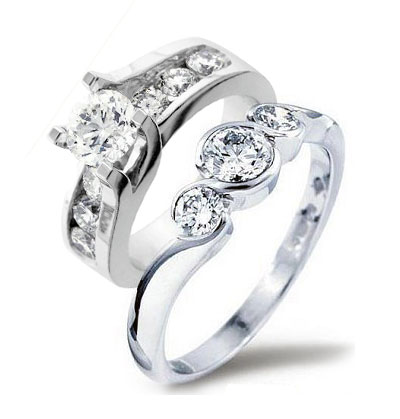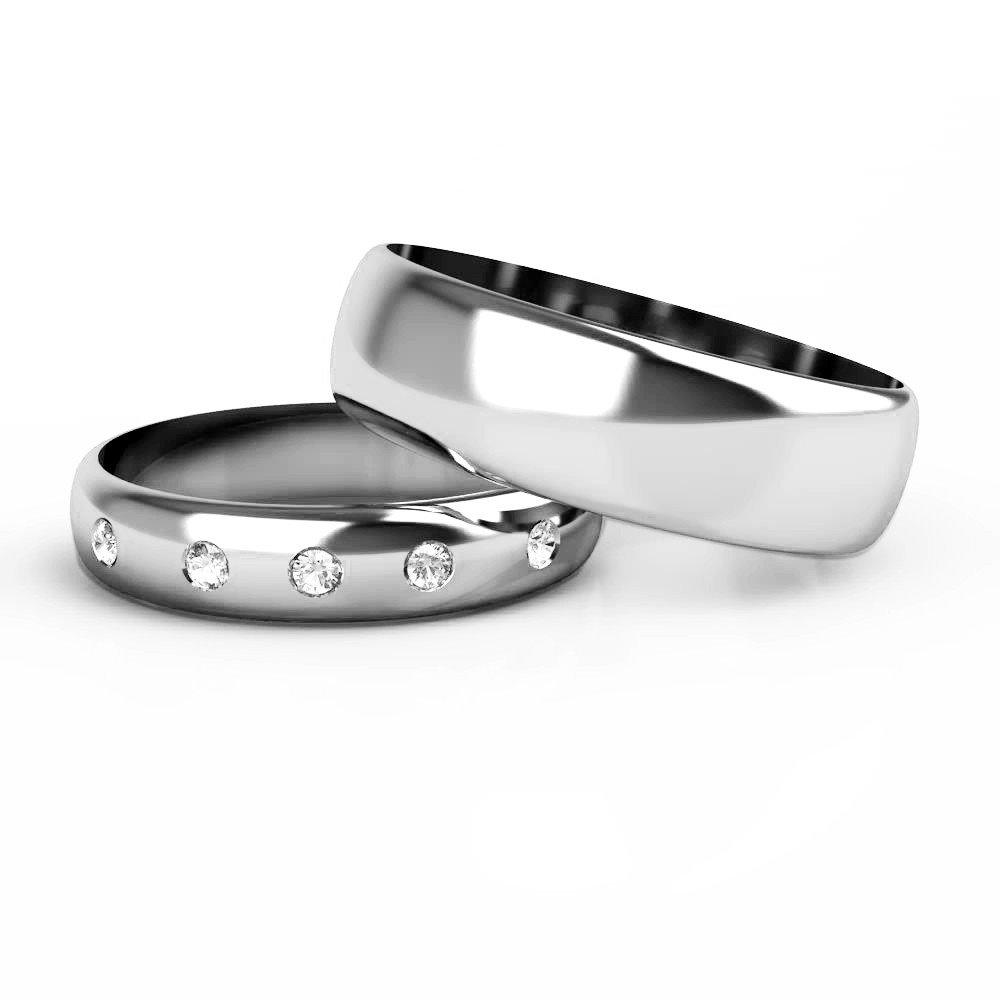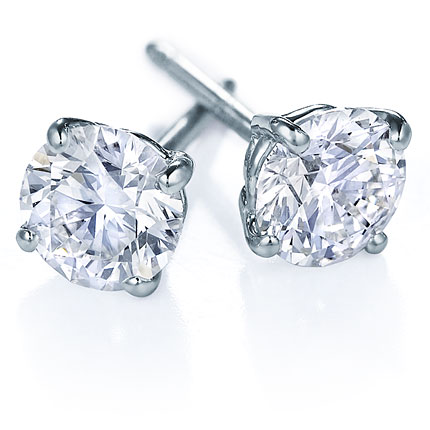Please Note:
We will be closing for all orders for 2025 on 5th December.
Diamond Source will be closed for Holidays from 19th December until 12th January.
We will be closing for all orders for 2025 on 5th December.
Diamond Source will be closed for Holidays from 19th December until 12th January.
We offer READY TO SHIP JEWELLERY - View Collections
Where do Coloured Diamonds Come From?
When people think of a diamond the first thing that comes to mind is a clear gemstone with no perceivable colour. This is certainly epitomises the perfect diamond but the fact of the matter is that gemstone quality diamonds like these are very, very rare. What many people don’t realise is that there exists diamonds of nearly every colour in the rainbow. These coloured diamonds can sometimes be worth more than the normal clear diamonds most people think of.
Coloured diamonds are atomically and structurally identical to a normal clear diamond. The colour in the diamond is produced by certain chemical impurities or structural defects within the crystal lattice work of the coloured diamond. The tone, hue and saturation of the colour in the diamond determines the value. Some colours are rather common and are only valuable if they are particularly vibrant, like yellow diamonds; while other colours are extremely rare and valuable, like red diamonds.
Coloured diamonds come in a vast array of different colours. There are 27 officially recognised coloured diamonds. They are different saturations of steel, white, blue, yellow, orange, red, green, pink, purple, brown and others. Scientist have long since discovered what causes coloured diamonds and have divided them into roughly three different groups.
Type I diamonds gain their colour from the nitrogen impurities in the crystal. If these atoms are in pairs then they have little to no effect (Type IaA). If these atoms aggregate in large even numbered groups it can lead to a yellow or brown colour (Type IaB). 98% of the diamonds on the market are of this type. Rarely when the nitrogen is evenly dispersed through the crystal it creates an intense yellow colour the likes of which is seen in the canary diamonds (Type Ib). These stones are very rare.
Type II coloured diamonds are those stones that do not derive their colour from nitrogen impurities. Type IIa coloured diamonds are coloured due to plastic deformation of the crystal latticework during crystal growth. From these deformations arise pink, red or deep brown diamonds (a more intense brown than that displayed by Type I diamonds). Type IIb diamonds refer to all variety of blue diamonds that receive their colour from the presence of boron in the crystal. The concentration of boron and how it is dispersed will determine the hue and saturation of the blue coloured diamond.
The final group refers to those diamonds that receive their colours by other means that are not well understood, but known. The best example is green coloured diamonds. The colour of these stones is derived from an exposure to radiation. Natural green diamonds are rare but they are easily ‘created’ in the laboratory.
Coloured diamonds can represent nearly every colour of the rainbow and some of them are quite impressive in their own right. They may not sparkle and gleam like a crystal clear diamond, but they have their own mysterious beauty that makes them worth more than just the price tag.
Coloured diamonds are atomically and structurally identical to a normal clear diamond. The colour in the diamond is produced by certain chemical impurities or structural defects within the crystal lattice work of the coloured diamond. The tone, hue and saturation of the colour in the diamond determines the value. Some colours are rather common and are only valuable if they are particularly vibrant, like yellow diamonds; while other colours are extremely rare and valuable, like red diamonds.
Coloured diamonds come in a vast array of different colours. There are 27 officially recognised coloured diamonds. They are different saturations of steel, white, blue, yellow, orange, red, green, pink, purple, brown and others. Scientist have long since discovered what causes coloured diamonds and have divided them into roughly three different groups.
Type I diamonds gain their colour from the nitrogen impurities in the crystal. If these atoms are in pairs then they have little to no effect (Type IaA). If these atoms aggregate in large even numbered groups it can lead to a yellow or brown colour (Type IaB). 98% of the diamonds on the market are of this type. Rarely when the nitrogen is evenly dispersed through the crystal it creates an intense yellow colour the likes of which is seen in the canary diamonds (Type Ib). These stones are very rare.
Type II coloured diamonds are those stones that do not derive their colour from nitrogen impurities. Type IIa coloured diamonds are coloured due to plastic deformation of the crystal latticework during crystal growth. From these deformations arise pink, red or deep brown diamonds (a more intense brown than that displayed by Type I diamonds). Type IIb diamonds refer to all variety of blue diamonds that receive their colour from the presence of boron in the crystal. The concentration of boron and how it is dispersed will determine the hue and saturation of the blue coloured diamond.
The final group refers to those diamonds that receive their colours by other means that are not well understood, but known. The best example is green coloured diamonds. The colour of these stones is derived from an exposure to radiation. Natural green diamonds are rare but they are easily ‘created’ in the laboratory.
Coloured diamonds can represent nearly every colour of the rainbow and some of them are quite impressive in their own right. They may not sparkle and gleam like a crystal clear diamond, but they have their own mysterious beauty that makes them worth more than just the price tag.





